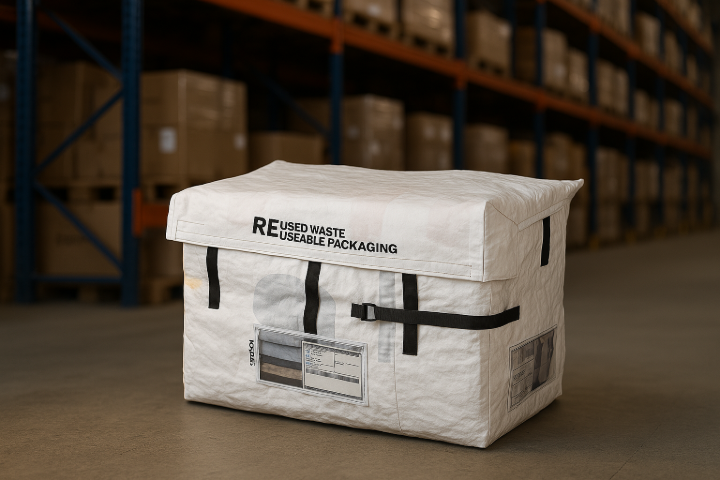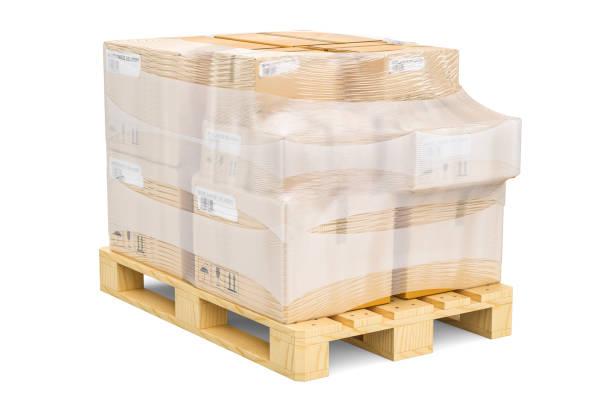Single-use plastic is a practical, lightweight and cheap solution in the daily lives of many companies. It is everywhere, and hard to avoid. It can be found, for example, in food packaging, bags and protection films. But behind this apparent comfort lies a much sadder truth. Single-use plastic poses numerous ecological problems: massive pollution, impacts on the sustainable environment... Is it really progress, or rather a danger that we urgently need to rethink?
Disposable plastic: a comfortable invention?
Single-use plastic may seem practical, and many companies use it on a daily basis. It's light, inexpensive and allows fast logistics with no return constraints. What's more, it can take many different forms
Immediate comfort: an illusion of efficiency
Single-use plastic is never used for more than a few days. This means there are no washing problems, and given its low price, it is used on a massive scale without much thought. Its use can be described as a “default solution”. Many companies have been using it for decades, adopting this solution without even comparing alternatives. There is little questioning, or a lack of knowledge about existing alternatives.
What we can't see but catches up with us
Single-use plastic has a colossal environmental impact. Much waste goes untreated or unrecycled. This means that most of it is landfilled or incinerated, resulting in disproportionate plastic pollution. Every year, millions of tonnes of plastic end up in nature (in the oceans, on land and in the air, and even in us...). Some forms of plastic take several hundred years to degrade.
Single-use plastics are also a real brake on innovation and transition. If companies continue to use it as a reflex, this closes the door to more sustainable solutions.
Companies that take the easy way out with disposables avoid questioning their value chain and overall impact. They feed the throwaway culture, which prevents today's climate and environmental goals from developing.
A system out of breath
In the short term, this single-use plastic system seems economical for companies, but the environmental and societal costs are externalized and paid collectively (waste management, impact on biodiversity...).
On the other hand, we shouldn't forget that plastic is a derivative of petroleum. This invisible dependence is directly linked to the climate crisis. Keeping plastic as the “default solution” means maintaining an economic model that is incompatible with the ecological transition.
More sustainable alternatives
Many solutions exist to replace single-use items. This applies to both individuals and companies. Each and every one of us can, at our own level, make resolutions that have an impact on the environment.

Companies also have a major role to play in building a more sustainable future. Loopipak is taking action to replace all single-use packaging by offering reusable shipping packaging adapted to internal logistics, to reduce impact at every stage of the supply chain.
Not only does Loopipak want to reduce single-use packaging, but we want to do it from reused materials so that they themselves don't become waste.
Reusable packaging: an investment, not a constraint
While opting for reusable packaging may at first seem more complex or costly, it's actually a genuine strategic investment.
Loopipak reusable packaging pays for itself after around 20 to 30 reuses (depending on the product), reducing shipping and internal logistics costs over the long term. Companies improve their operational efficiency and environmental impact. By limiting waste production, they also enhance their brand image and meet customer expectations.

Disposable plastic: short-term comfort or long-term disaster